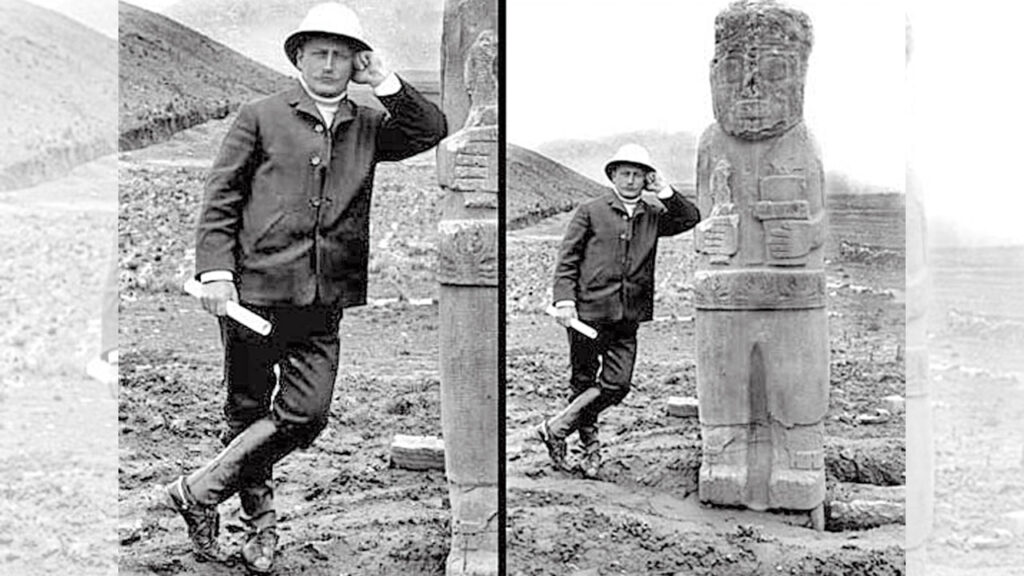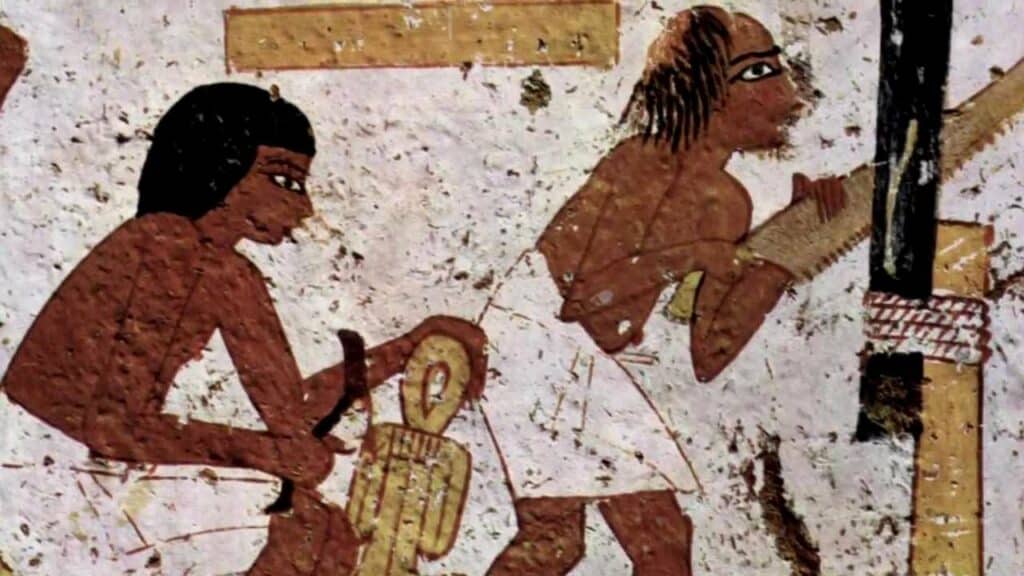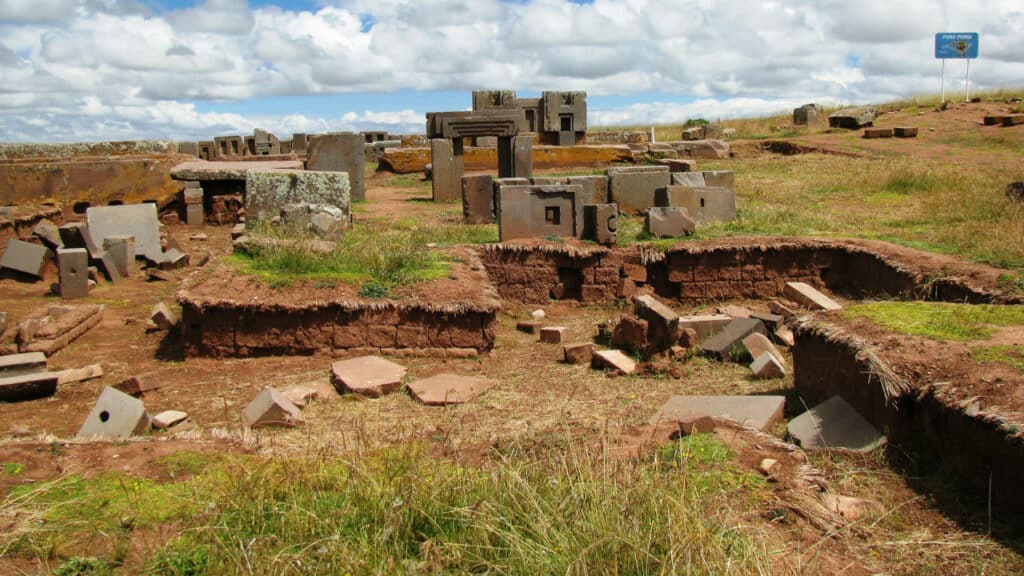The Mysterious Puma Punku Ruins have long been shrouded in mystery and uncertainty. Located in modern-day Bolivia, the perplexing set of megaliths is thought to predate any known civilization and has baffled archaeologists for centuries.
The Mysterious Ruins of Puma Punku have long fascinated and debated among scholars, archaeologists, and authors. Located in the Andes Mountains on the border between Bolivia and Peru, this ancient site consists of an array of massive stone blocks that are believed to be more than 15,000 years old. Some experts believe the site was constructed by the Tiwanaku culture, which flourished between 300 and 1000 AD.
Arthur Posnansky, an archaeologist who worked onsite at Puma Punku for decades, adds further intrigue to the mystery. Through examining the ruins and their relationship with the stars, he estimated that Puma Punku might be far older than initially thought—as old as 15,000 years! This would mean that its construction predates any known civilization by thousands of years.

One of the most striking features of Puma Punku is the precision with which the stone blocks were cut and fitted together. The blocks, some weighing as much as 400 tons, were cut with such precision that a piece of paper cannot fit between them. This level of precision is said to be comparable to that of modern-day stonemasonry.
The theory that Puma Punku was constructed by primitive people who lacked the technology and advanced tools has been hard to accept. The ruins are made up of enormous stone blocks, some weighing as much as 400 tons and measuring 20 feet tall! How could these massive pieces be moved into place without cranes or other devices? Even more puzzling is that many of these blocks have smooth, straight edges cut at perfect right angles—including circular holes with a precise radius that can barely be detected even today with advanced diamond-tipped saws.
The question of how the ancient people of Tiwanaku achieved such precision has puzzled researchers for decades. Some have suggested that the ancient builders used some advanced technology, such as ancient power tools or even extraterrestrial assistance.

Archaeologists must carefully study this ancient site’s layout and artifacts to learn more about it. They must also consider how indigenous peoples may have used resources from their environment to construct such large structures with precision engineering techniques. Using cutting-edge technology such as ground penetrating radar (GPR), scientists can build a clearer picture of what lies beneath the stones’ surface without damaging them. In addition, further research into ancient astronomical knowledge held by local tribes may shed light on possible astronomical alignments that could have informed the placement or design of certain structures within Puma Punku.
The origin of this site has long been debated among archaeologists and historians. Some believe it was a religious or ceremonial location for the local indigenous tribes, while others suggest it could have been an administrative center or fortified city. The design of the ruins provide clues as to its original purpose, such as large stone blocks that appear to be cut into specific shapes, suggesting intentional design. Some theories suggest the site could have served multiple functions, including an astronomical observatory and water management system.
In addition to its mysterious origins, the site is notable for its distinct architecture. It features a complex network of terraces made from massive stone blocks, weighing hundreds of tons. These terraces were intricately fitted together with no mortar – a feat which some theorize was done through an unknown technique known as ‘sculptured jointing.’ Puma Punku’s architecture is further defined by its numerous portals carved from red sandstone blocks, which have intricate carvings depicting various figures – some resembling gods or deities from South American mythology.

Another mystery surrounding Puma Punku is that the site was abandoned before it was completed. The site suddenly shows signs of having been abandoned, with unfinished buildings and tools left behind. This has led to speculation that a natural disaster or another catastrophic event may have caused the sudden abandonment of the site.
What makes Puma Punku so remarkable is the fact that it predates many other ancient civilizations with similar architectural accomplishments – such as those seen in Egypt or Greece – by thousands of years. This leads some experts to suggest that it might have been connected to lost cultures or advanced civilizations before their time, though this is still highly debated amongst experts.
Despite the many unanswered questions surrounding Puma Punku, it remains an important site for researchers studying ancient civilizations. The precision and skill evident in the construction of the site serves as a testament to the abilities of the ancient builders and continue to inspire wonder and curiosity in all who visit.
The mysterious ruins of Puma Punku are unlike anything else on Earth. Not only do they tantalize us with unanswered questions about their age and origin; but they also challenge us as scientists to think outside our current understanding of historical construction methods—and ultimately propel us to explore new possibilities in our sacred quest for knowledge.
